Georgios Karakonstantis
A case study on profiling of an EEG-based brain decoding interface on Cloud and Edge servers
Oct 04, 2021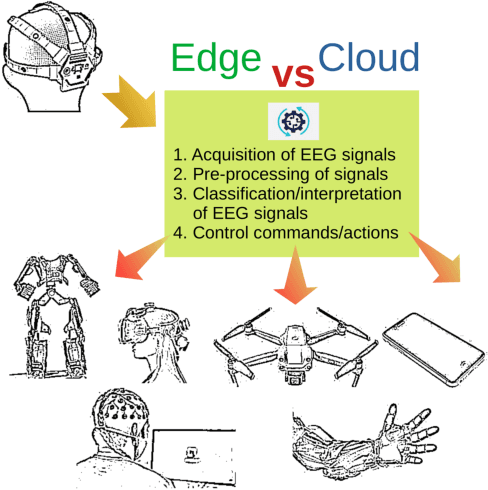
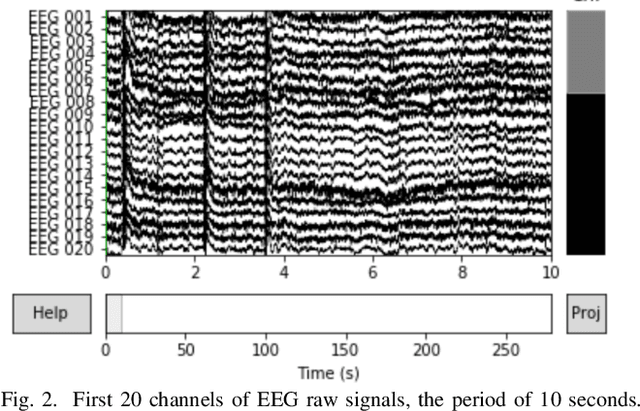
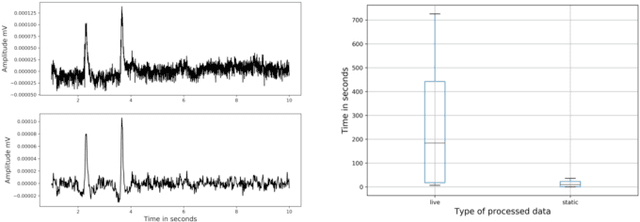

Abstract:Brain-Computer Interfaces (BCIs) enable converting the brain electrical activity of an interface user to the user commands. BCI research studies demonstrated encouraging results in different areas such as neurorehabilitation, control of artificial limbs, control of computer environments, communication and detection of diseases. Most of BCIs use scalp-electroencephalography (EEG), which is a non-invasive method to capture the brain activity. Although EEG monitoring devices are available in the market, these devices are generally lab-oriented and expensive. Day-to-day use of BCIs is impractical at this time due to the complex techniques required for data preprocessing and signal analysis. This implies that BCI technologies should be improved to facilitate its widespread adoption in Cloud and Edge datacenters. This paper presents a case study on profiling the accuracy and performance of a brain-computer interface which runs on typical Cloud and Edge servers. In particular, we investigate how the accuracy and execution time of the preprocessing phase, i.e. the brain signal filtering phase, of a brain-computer interface varies when processing static and live streaming data obtained in real time BCI devices. We identify the optimal size of the packets for sampling brain signals which provides the best trade-off between the accuracy and performance. Finally, we discuss the pros and cons of using typical Cloud and Edge servers to perform the BCI filtering phase.
Leveraging Transprecision Computing for Machine Vision Applications at the Edge
Aug 29, 2021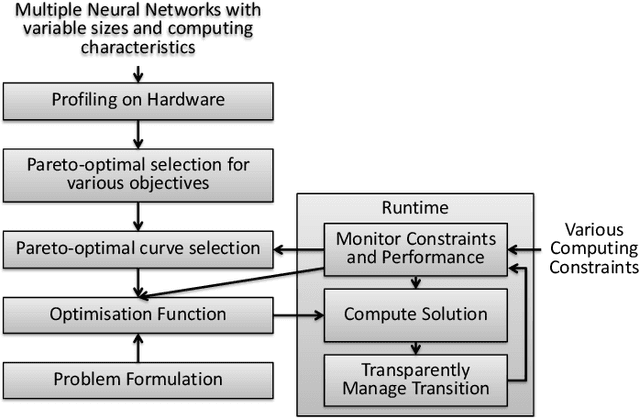
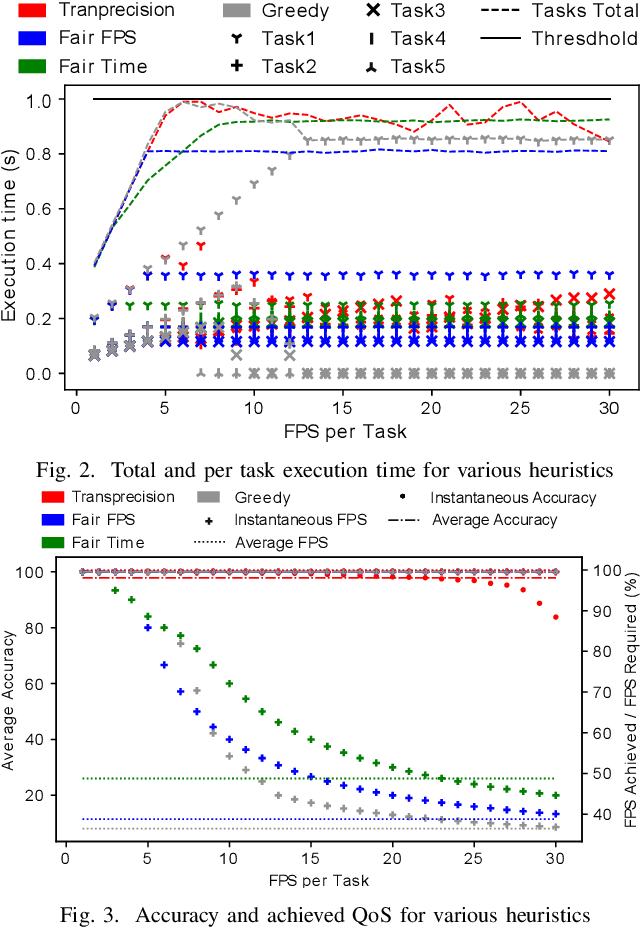
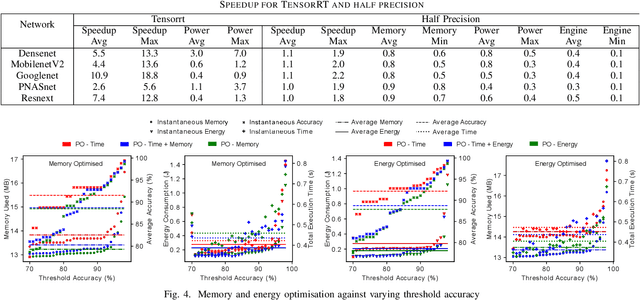
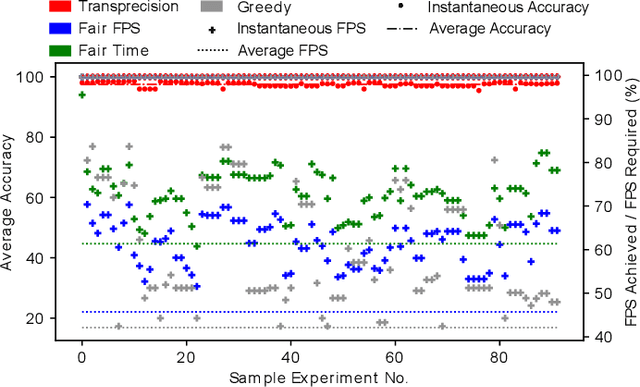
Abstract:Machine vision tasks present challenges for resource constrained edge devices, particularly as they execute multiple tasks with variable workloads. A robust approach that can dynamically adapt in runtime while maintaining the maximum quality of service (QoS) within resource constraints, is needed. The paper presents a lightweight approach that monitors the runtime workload constraint and leverages accuracy-throughput trade-off. Optimisation techniques are included which find the configurations for each task for optimal accuracy, energy and memory and manages transparent switching between configurations. For an accuracy drop of 1%, we show a 1.6x higher achieved frame processing rate with further improvements possible at lower accuracy.
 Add to Chrome
Add to Chrome Add to Firefox
Add to Firefox Add to Edge
Add to Edge